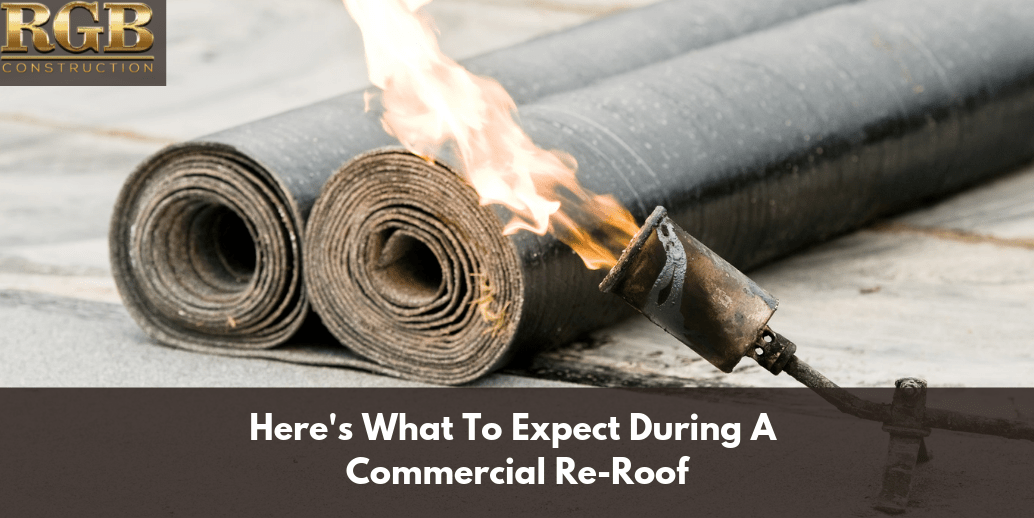Roof replacement is never something someone looks forward to having to deal with. It’s an involved process, it’s far costlier than something like repairs and maintenance, and it can be harrowing for a business owner when the time comes to make choices for materials, processes, and contractors.
However, like with a home, your commercial roof is a critical part of your building, protecting it from the elements, preventing infestations, and keeping climate control running smoothly, and efficiently. Code enforcement is even stricter with a commercial roof than with a residential roof. If your roof is in bad shape, it can result in your business being shut down, which will cost you untold amounts of money for all the time you can’t properly operate.
As a business owner, your roof is also serious business. So, today, we’re going to look at what to expect during a commercial re-roof, depending on which material and process you choose to make avail of. You have fewer choices with commercial roofing than with residential, but you do have more than a couple of sophisticated choices at your disposal. That said, we’ll also touch on what the strength of each type is as well.
Sprayed Polyurethane Foam
This is probably one of the easiest commercial roofing types to install. It’s done in three simple stages. First, the primary roofing layer (new or already present), is vigorously cleaned and washed, to a pristine level of cleanliness.
Following this, professionals will spray the foam directly onto the surface. Depending on the size of the roof, and how many obstacles protrude from the deck, this can be a quick affair, or be rather lengthy albeit not tremendously difficult to perform.
This isn’t enough, though. A protective layer must also be applied, such as silicone or acrylic coating, to seal against water, and the sun. These materials are very proficient at deflecting UV and being hydrophobic.
This is ultimately a pretty simple process, though repairing this type of roof can be a significantly involved process as the materials are difficult to remove or remediate at times.
Single-Ply
This is the type of roofing material that most tend to envision when they think of commercial flat roofing. It’s also remarkably simple, as this material comes in rolls, like wallpaper or carpet. It’s unrolled and cut to cover the roofing deck. The more complex the protrusions, the more complex this shaping can be, of course.
It has to be adhered to the roof, obviously, and this can be done with various types of tape or glue, or heat application (this is the case with materials such as thermoplastics). This type of roofing’s biggest weakness is that, as time goes by, it can form seams where the strips of material meet.
As a result, an additional layer of protective material such as gravel or something similar is sometimes laid over this type of roof for additional durability and protection. An important thing to focus on is utilizing the same kind of adhesive across the entire roof, as mixing them results in weakening inconsistencies.
Restoration Coatings
In many cases with commercial roofs, replacement from the ground up is avoided, in favor of restoration coatings. These are applied to existing roofs, to extend their lifespan and reduce the extent of decay and entropy a roof is suffering.
This is usually done in two stages, first to clean the roof thoroughly (which is not the same as stripping it down). After this, the spray is applied. This is a very thin layer, which results in a complete restoration as it dries.
To learn more about commercial re-roofing, fill out our contact form today!







